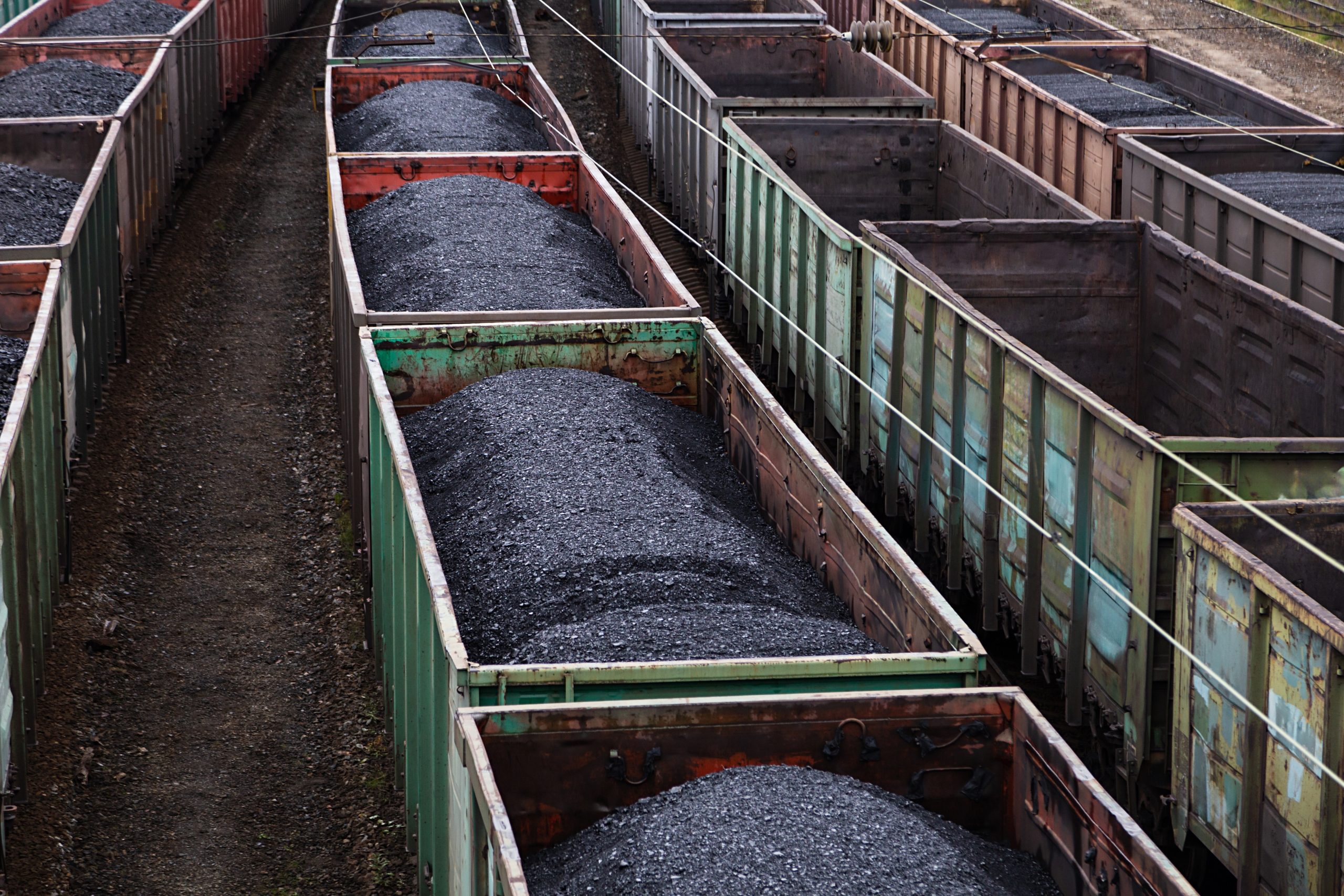The Inside Word

No good policy should be set in stone
A good policy or reform is often backed by an evidence-based, holistic approach, but when the policy settings aren’t right, it’s important that governments adjust them: Explain the change. Have confidence in the decision. Move on.
A good example of this – playing out right now – is Queensland’s coal royalty settings, a policy change introduced by the previous state government.
All indicators point to policy settings that aren’t quite right. Circumstances and the market have changed, with Queensland’s progressive coal royalties hurting mining communities and the financial return to all Queenslanders. Treasury’s own forecasts[1] show that coal royalties peaked in 2021-22 at more than $7.29 billion, but are projected to fall to $3.539 billion in 2024-25, approximately half of what it was just a few years ago. Yet royalty rates have remained unchanged.
Regardless of your view on the coal sector, it remains one of Queensland’s largest export earners, is an important source of revenue for the government, and supports thousands of jobs and communities across the state, mostly in regional Queensland.
Consider this: Membership of Coal Australia (the peak body for the coal industry) by federal electorates in South East Queensland numbers 433 in Ryan, 375 in Oxley, 252 in Moreton, 396 in Rankin, 512 in Brisbane, 300 in Griffith, 478 in Lilley, 635 in Petrie and 862 in Bowman. These are blue- and white-collar workers with families who vote, pay taxes and mortgages, spend their income locally, and – in many cases – keep regional communities alive.
Coming back to Queensland’s policy framework, progressive royalty rates are tiered. Under the current policy settings, miners pay 20% for prices above $175 a tonne, 30% for prices above $225 a tonne, and 40% for prices above $300 a tonne. By comparison, the royalty rate in NSW can be as low as 8.8%, depending on the type of coal mine. The royalty change in 2022 was a rush of blood from the previous government, which was looking for a quick fix to a budget bottom-line problem – remembering that royalties are applied to revenue, not profit.
The challenge now for the incumbent and the Opposition is how to best adjust these settings so the sector can thrive again. Otherwise, we will continue to see mining companies lay off workers, put their mines into care and maintenance, or shut down completely.
The Crisafulli Government committed to no change to royalties prior to the election and continues to rule out any changes during the forward estimates period, through to 2028. However, it was pleasing to see media reports that the government will meet with the sector to hear their concerns – a positive development.
BHP’s Mike Henry recently said: “When prices are low, there is less ability or willingness to see through tough times and carry negative cashflows. We have to act even more expediently to shut any loss-making production because we don’t get the benefit on the other side when prices rise.”
The case for taking another look at the progressive royalties regime is clear – for the benefit of all Queenslanders.
[1] https://www.treasury.qld.gov.au/files/Budget_2022-23_BP2_Revenue_Coal_Royalties.pdf


